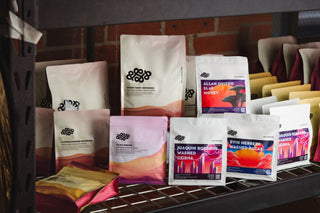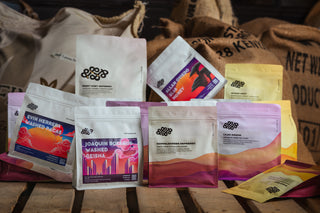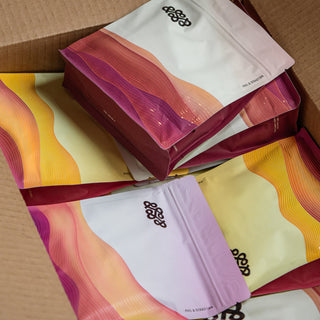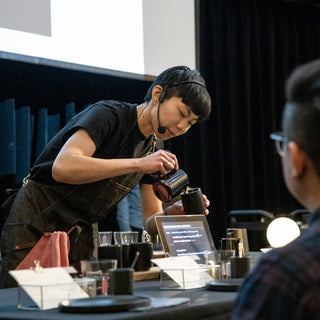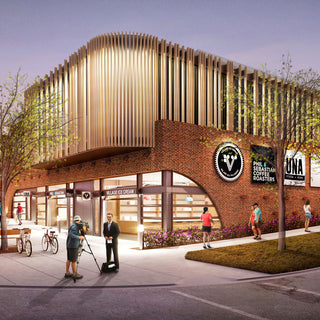Time for our 3rd edition of #customroasterseries, about our 45kg coffee roaster that we finished designing and building last summer (after 3 years of work!).
This week’s topic is the parameters of heat transfer and airflow. As a quick primer, for those unfamiliar, there are 3 types of heat transfer: conductive, convective and radiant. Conductive heat is transferred through direct contact with a hot surface and the danger is that it can result in undesirable bean surface scorching. Convective heat is transferred through moving hot air, and it’s the most gentle and even way to transfer heat. Lastly, radiant heat is heat energy radiating off a very hot object (fun fact: it’s the only way heat can travel through the vacuum of space). It’s gentle like convective heat, but it’s only significant near a very hot heat surface. It’s also hard to control well, and is very directional (which can produce unevenness).
For these reasons, my design uses effectively no conductive heat, and very little radiant heat, so nearly 100% convective heat. The airflow we use is moderate, but not high. If the airflow is too high or air temperature too hot, it is still possible to scorch the coffee. Some also say too high an airflow can over-dry the coffee, which might be true, but I’ve yet to see anyone capture good data to support this theory. However, I don’t think too high an airflow is often the problem in roasting machines—the problem is too much conductive heat from burner flames that point upwards toward the drum and sometimes even touch the metal of the drum. Although many drums are double-walled, based on my measurements, this still produces hot spots, which can result in uneven roasting. My roaster design completely avoids this by mounting the burner horizontally and locating it set back from drum. In my system, only air is used to heat the drum metal and the coffee.
I’ve also designed a special air damper (2nd image) to draw air around the drum, as well as through the drum. This ensures that the whole drum is very evenly heated. In my view, even heat is essential to roast good coffee!
-Phil
Photo credit to Vanessa Ng


